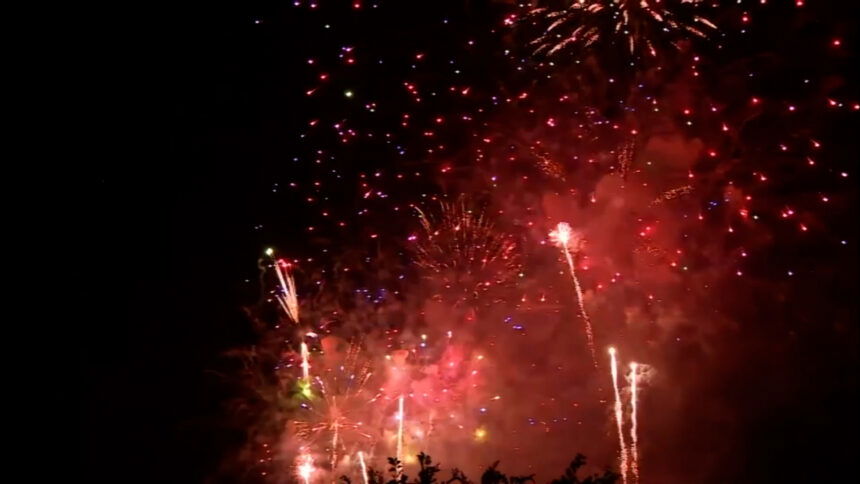America’s birthday: Fourth of July climatology and why firework smoke lingers

The Fourth of July marks the heart of summer— a time when many enjoy a long weekend filled with grilling, swimming, and of course, fireworks lighting up the night sky.
Here in the Midwest, July is hot and humid, and this Fourth of July holiday will be no exception. Temperatures are expected to hover near the average high of 88 degrees.
According to data from Rosecrans Memorial Airport in St. Joseph, Missouri, the hottest Fourth of July on record occurred in 1936, when the temperature soared to 106 degrees. On the flip side, the coolest high was just 69 degrees, recorded in 1915.
Thankfully, snow isn’t a concern this time of year, but rain can be. The wettest Fourth of July in St. Joseph's history happened in 2010, when 2.32 inches of rain fell.
Ever wonder why smoke tends to linger long after the fireworks show ends? It’s often due to a temperature inversion, or a weather pattern where a layer of warmer air traps cooler air, and smoke, close to the ground. Without much wind, there’s little air movement to clear the haze. This effect is especially noticeable in low-lying areas like river valleys and creek beds.
So, as you celebrate this holiday weekend, remember— the weather plays a big role in how well you can enjoy the festivities.
Clear skies, calm winds, and lower humidity will set the stage for a perfect night under the sparking sky.




